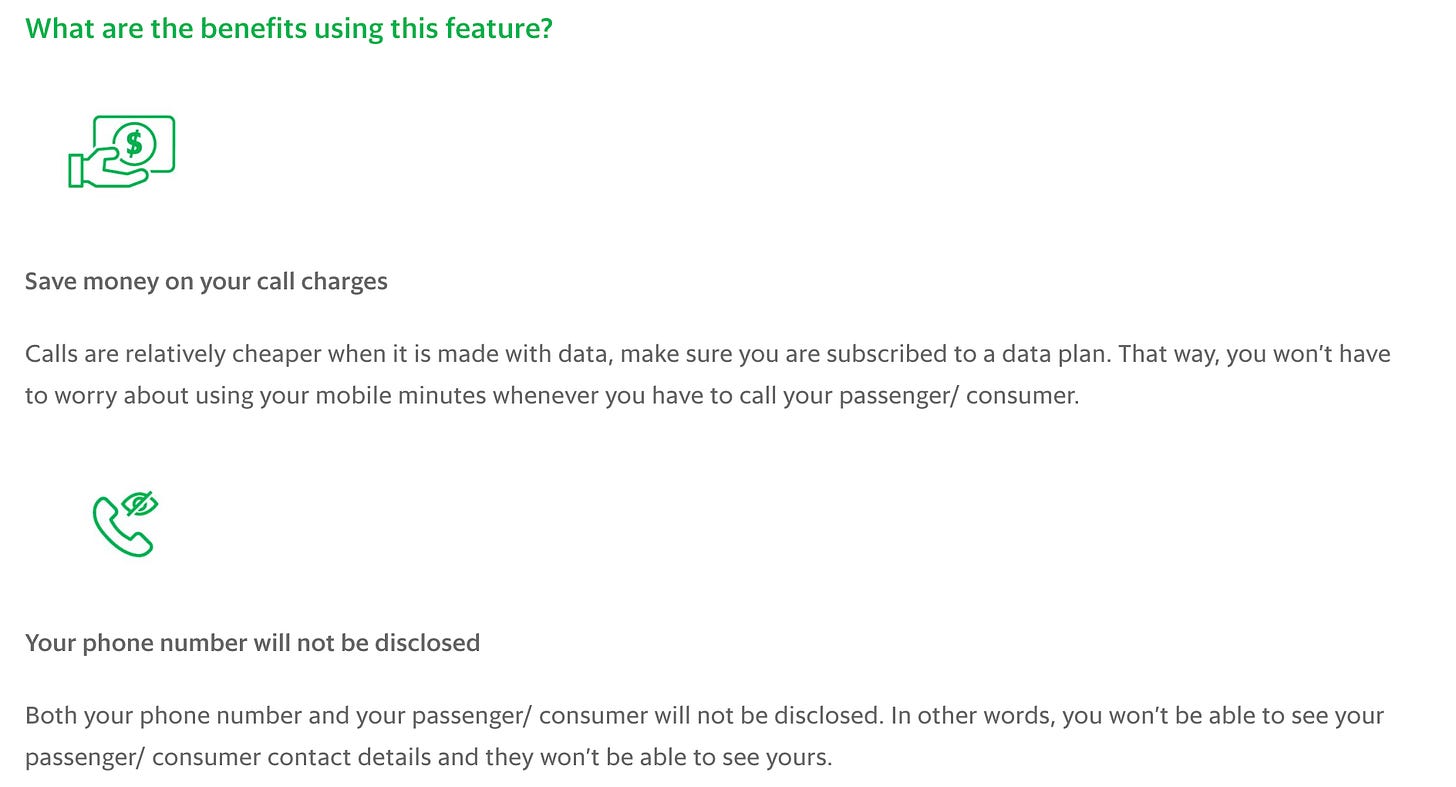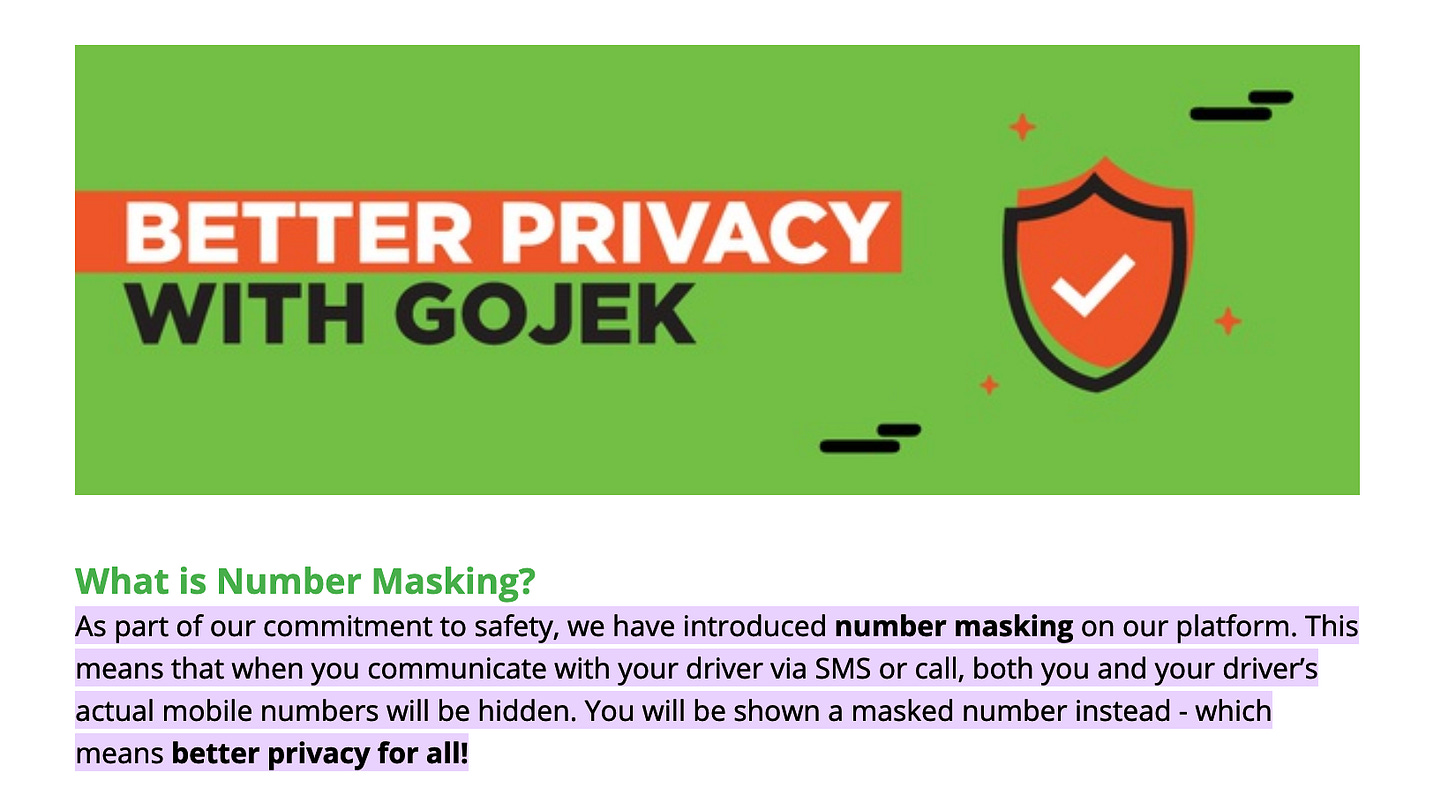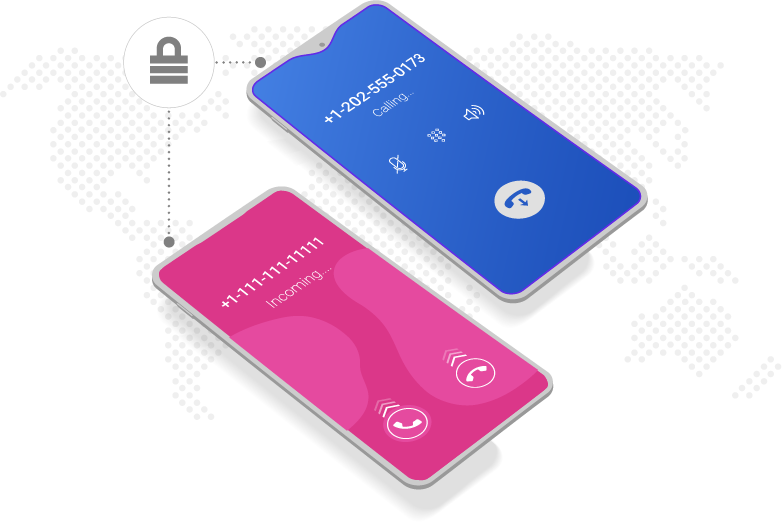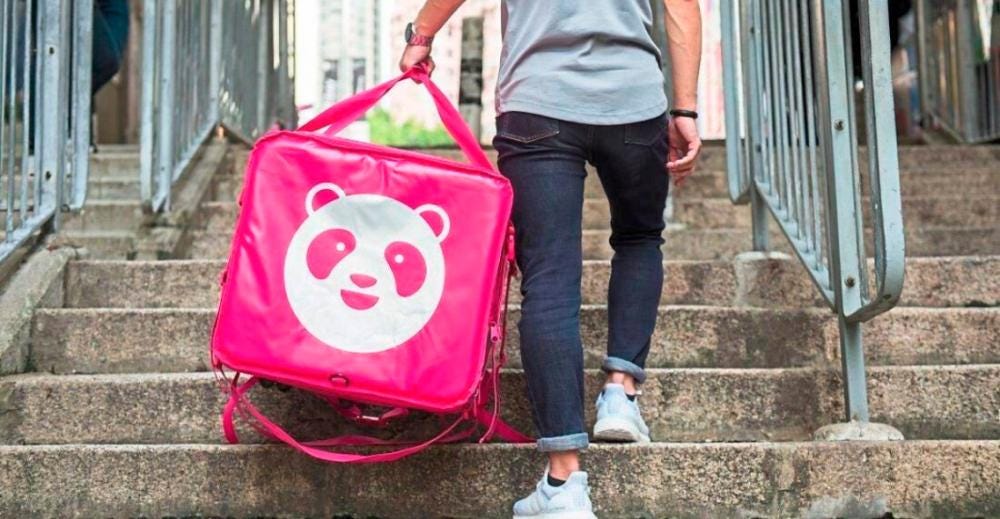Does your app need Call masking?
With most D2C apps adopting some form of call masking, the question arises - does your app need it too?
For continuity- do read the previous post on “Does your app need Chat/Call” here
First things first - What is Call masking?
Technically speaking, Call Masking is the process of hiding the real phone numbers of a user with a virtual number(VN) so that neither the calling party nor the receiving party gets hold of them. It is a way to connect the calls through, from one party to another, yet never call their phone numbers directly. If you find this concept interesting, read more about it on Gojek tech blog written by Avinash Jaiswal.
But for this discussion, we will refer to any technology used to hide the actual contact number of the calling & receiving party as Call Masking.
Now that the definitions are out of the way - let‘s continue our journey with food-delivery apps. Based on which one’s your favourite, it may or may not feature call masking. For example, GrabFood features Voice over IP calls (doesn’t use VN) , but FoodPanda doesn’t have any of that, and then again, Gojek uses VN (virtual numbers) to mask numbers.
In this article, we will explore HOW to decide if a user journey might require call masking. Post that, we will look at a few applications and try to understand why they might have decided in favour or against call masking. So- let’s dive in!
The first question that comes to mind is why should a product manager consider introducing call masking in the first place? What does call masking achieve?
Privacy & Safety: With almost all applications mandating you to share phone numbers to register, it is easy to normalise and trivialise the privacy risk it has on today’s consumers. And it doesn’t take a data breach for your number to end up in the wrong hands. Platforms might need to share your number with several intermediary parties, both within & outside it’s organisation- which can then be misused.
Quality Control: Call masking lets the organisation record the conversation between both parties. Usually all customer support teams use some form of call masking to ensure quality control & evaluation.
Contact monetisation : Some classifieds (?) products monetises by levying charges on one party to call the other party. This is a good enough reason to not disclose the actual phone numbers.
Guard against disintermediation: Whenever the monetisation of a product is based on the value of sales made by one party to the other on the platform, there is a tangible risk that the sellers might cancel the order on the platform and continue with the transaction off-line. Call masking can create a barrier against this behaviour.
#2 doesn’t apply to scenarios we are currently dealing with (p2p). #3 is primarily out of fashion (you can find some matrimonial websites still using this). So we’ll spend our time on #1 and #4.
Privacy & Safety
Food delivery applications primarily adopt Call masking for Privacy reasons. And this is clear from their release notes and FAQ pages. Here are some examples -
Grab

Grab sites both cost saving & privacy as benefits of VoIP calls [Read More] Grab introduced VoIP in 2019 for its Grab ride product and then expanded it to include food delivery. Grab lists 2 primary benefits of using VoIP - Cost savings & Privacy.
Gojek

Gojek sites privacy for all as the primary function of call masking [Read More] Virtual number based call masking was introduced by Gojek in 2019 for all its rider and consumer applications.
Call masking via virtual number will cost the caller exactly same as any regular call.
FoodPanda
Foodpanda doesn’t feature any form of call masking
It’s riders can see the phone number of the customers and vice versa after the food has been picked up from the restaurant.
A few questions come to mind - Why did Grab & Gojek choose call masking and FoodPanda didn’t? Why did Grab & Gojek choose different solutions for the same problem (safety & privacy)?
Let’s try to break it down:
Call masking v/s No masking: When asked, no product manager will deny that privacy & safety of its customers is paramount. Of all the things that affect the safety & privacy of a user on a food delivery platform - perhaps ‘rider training’ takes the lion’s share. In-fact, several business critical value propositions are hinged on rider training like food handling, navigation, etiquette etc.
If I had to take a wild guess, FoodPanda is dedicating more operational energy on training its riders, through which they hope to improve the entire customer experience, without investing heavily on the app. Whereas, both Grab & Gojek’s approach might be to improve safety from both ends - operation & product.
One might be compelled to ask - “Well, isn’t Grab or Gojek taking this too seriously? What are the riders going to do with customer’s phone numbers anyway?”
Well - a couple of cases have come up in last few yearsFoodpanda delivery rider harassed customer with inappropriate messages
Foodpanda Rider Allegedly Sexually Harassed a Customer & Even Tried to Enter Her Room
While the second incident seems to be unavoidable if a criminal natured rider is in the system, but the first incident could have been avoided by call masking.Virtual Number (VN) v/s Voice over Internet Protocol (VoIP): Both these technologies achieve the same end result (with slightly different experience)- then what could be the reason for choosing one over the other? My guess - their primary markets. Grab’s primary market is Malaysia and Gojek primarily operates in Indonesia. The difference between these primary markets is what is probably driving these choices. Let us look at some key data points for these two markets
Average cost of handsets used: On an average, Malaysians spend $254 on a smartphone as compared to $193 by Indonesians [Source]. And this difference widens when we consider that most riders cannot afford a high end device. Usually cheaper smartphones don’t do so well with VoIP, but work quite well with cellular calls.
Average mobile internet speed: Malaysians primarily use 4G networks giving them an average download speed of 11 Mbps, whereas Indonesians spend most of their time on 3G networks, giving them an average download speed of 8Mbps. Though the difference might not seem that large, we know that 4G supports VoIP much better than 3G. [Source]
Next logical question could be - If VN is a much more easily accessible solution by riders and customers, then why would Grab choose VoIP?
Well VN is not all sugar & spice 🧂. Let’s look at some practical issues with VN -
Costly feature: Each and every call made on the platform has to be paid by the minute to the Virtual Number provider. This quickly adds up if you are operating at scale. Sendbird calls (VoIP provider) cost $0.0010 per minute as compared to Exotel’s Virtual number, which costs $0.114 (Indonesia rate). That’s a 100X gap!
Low call acceptance rate: Would you pick a call from a strange looking unknown number - like 3138 XXXX ? I’d guess most people wouldn’t. And this is one of the major issues with virtual number. A layman would take it for a spam call & ignore it, which might create a massive hurdle in the core-loop of the product (Rider trying to deliver an item & needs directions). VoIP calls are received within the applications -thus mitigating any trust issues.
Hopefully it gave you some insights into what might have gone into making these decisions. We’ll explore another product in our next article that has employed call masking to “Guard against disintermediation”. Stay tuned 📺!
(If you are a PM at any of these food delivery apps, please correct me in the comments🙏)





Thanks for sharing this amazing insights, Saurav! It's very well explained and definitely broadened my mind about call-masking!